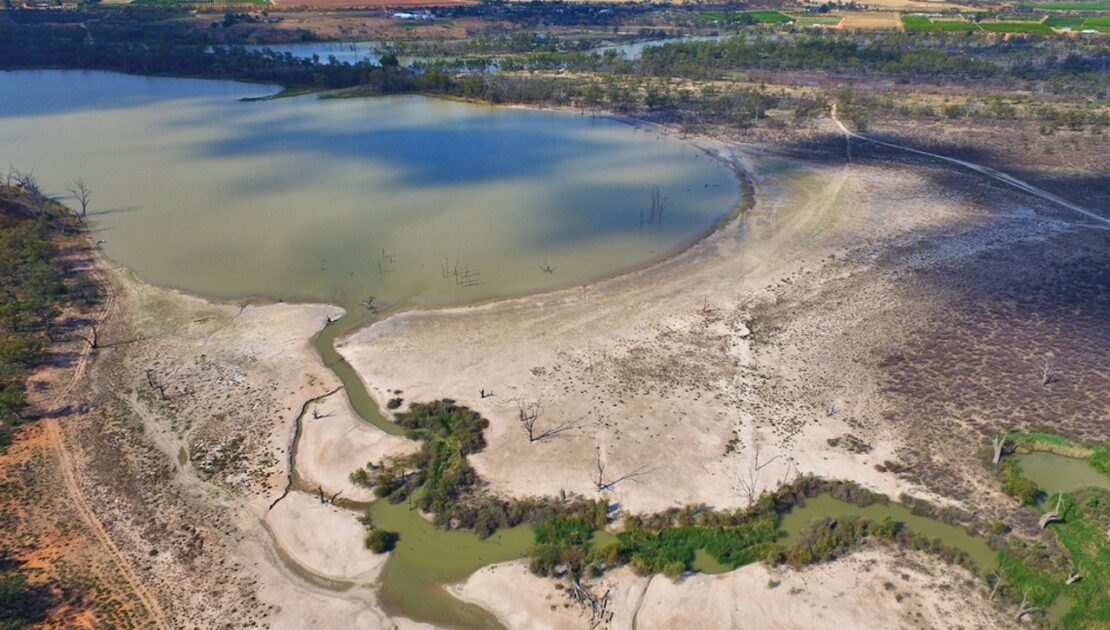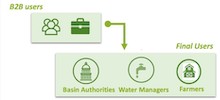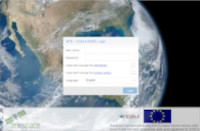- About us
- Project
- Publications
-
Deliverables

D6.4 – Promotional material
December 31, 2020DeliverablesThe aim of the communication materials is to publicise the COALA Project among potential users. This Deliverab...

D6.2: Communication and Disseminati...
December 31, 2020DeliverablesThis Deliverable is an update of the first version of the Communication and Dissemination Plan.

D4.1: Baseline Description of Pilot...
September 30, 2020DeliverablesThis Deliverable describes the pilot experiments of COALA Project. Participatory evaluation of the COALA servi...
- Media Room
-
News

COALA Project: A Success St...
August 20, 2023Blog, Evidenziato, News, Press ReleaseThe COALA Project, a European Union funded project involving a collaborative initiative between the European U...

Workshop on COALA business model
December 19, 2020News
Plenary meeting November 23, 24 and...
December 1, 2020NewsThe plenary meeting of COALA Project has been held on 23rd, 24th and 30 November 2020

Webinar: Governance of Water Scarci...
November 17, 2020NewsThanks to Copernicus data, Europe and Australia launch a new challenge to improve the management of water and ...
- Blog
- Resources
-
- August 16, 2022
- UNSW
- Blog
- No Comments
Australia's State of the Environment Report reveals ecological health of the country

Australia’s State of the Environment Report reveals ecological health of the country
The State of the Environment Report is Australia’s scorecard for all things environmental, delivered once every five years.The grades are in; and the nation has some work to do.
This in-depth analysis of our ecological health has been compiled by more than 30 leading scientists designed to track and monitor environmental changes in our country. To measure these changes, research is commissioned by the Australian Government. Five broad themes are assessed; biodiversity, heritage, pollution, climate and liveability. This year’s report delivered some startling results.
Since 2016 the number of threatened species has increased by 8% to 1918, including the iconic Gang Gang Cockatoo. Every ecosystem in Australia, terrestrial and marine, has recorded an increase in pressure due to climate change. Australia has recorded the highest mammal extinction rate of any continent. The Murray Darling basin has recorded a loss in biodiversity, and water levels are at an all-time low due to excess water extraction and drought. Regional communities are under increased pressure due to extreme climate events, including drought, flooding, wildfire and heatwaves.

Where to from here?
The findings of the State of the Environment report are extreme. However, there are clear opportunities to come from these challenges, with areas of improvement identified. An increase in Western and Aboriginal land management collaboration is a key area for progress. Another significant improvement from the 2016 report is the inclusion of Indigenous co-authors, the first report of its kind to bring Indigenous voices into science in Australia. Fundamental recommendations from the report include incorporating indigenous land management techniques such as traditional fire management. Currently, Indigenous rangers manage 44% of Australia’s national protected estate, they are key stakeholders in sustainability management.
Australia’s environmental loss comes at the cost of billions of dollars. This is not only a loss of ecosystem services; climate change also impacts agricultural industries. Currently, over half of Australia’s land mass is used for grazing and cropping, and this land use is increasing. Not only is it vital that the natural and undeveloped ecosystems are protected, but also the farmland to provides jobs, income and food security for the nation.
Climate change is causing an increase in weed species. Opportunistic, invasive weeds that grow quickly and reproduce fast are out-competing, slower and more specialised native plants and crops. Water is a diminishing resource and needs to be managed appropriately to allow for sufficient stock for agriculture and natural processes. Both of these examples are impacts on farmers.

Earth Observation as a Solution
The environmental challenges have created new partnerships and innovation with unlikely parings in creativity. This is where Earth Observation and space technology can come in.
Space technology has answered the call for increased environmental coordination and monitoring. This collaboration with new technology allows changes in the environment to be tracked in real-time. To be part of the solution, COALA uses satellite data to monitor water systems. This contributes to more accurate nutrient dispersal to prevent excess nutrient runoff and reduce the risk of downstream eutrophication. Products such as Map Time Explorer developed by Ariespace (Italy) and BOKU University (Austria) allows for easy access to crop information over a timeseries supplied by the Sentinel-2 twin satellites. This information includes imaging that shows rainfall, crop evaporation, leaf area index, soil water status amongst other variables. The instant access allows growers to be reactive to climate and weather conditions, increasing the efficiency of their farming practices and reducing their impact on the ecosystem.

The increased demand in real time data to monitor changes in our agricultural systems and the environment has provided new job opportunities and the opportunity to collaborate with international partners. The State of the Environment report calls for increased environmental management, monitoring and support. By investing in key technology such as satellites and data, we can be sure to support these changes in the future. COALA is rising to the challenge taking an internationally collaborative, technology driven approach to help monitor and reduce our impact on the environment.


















